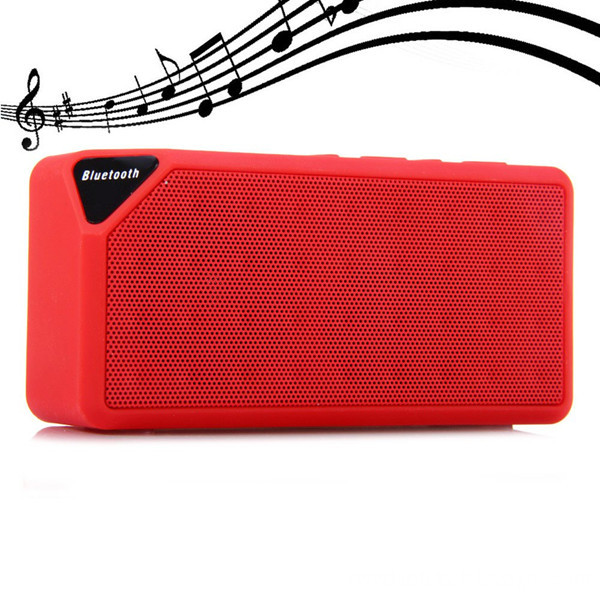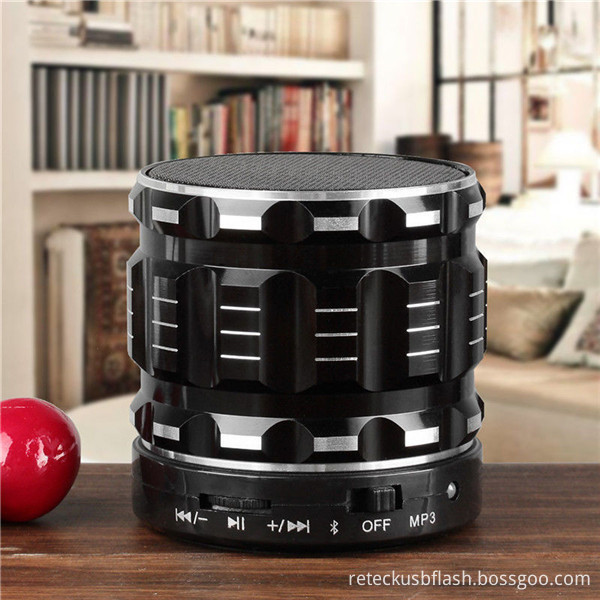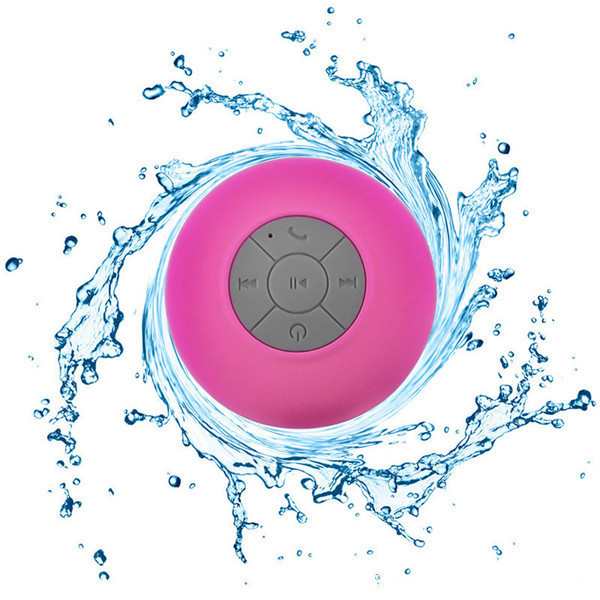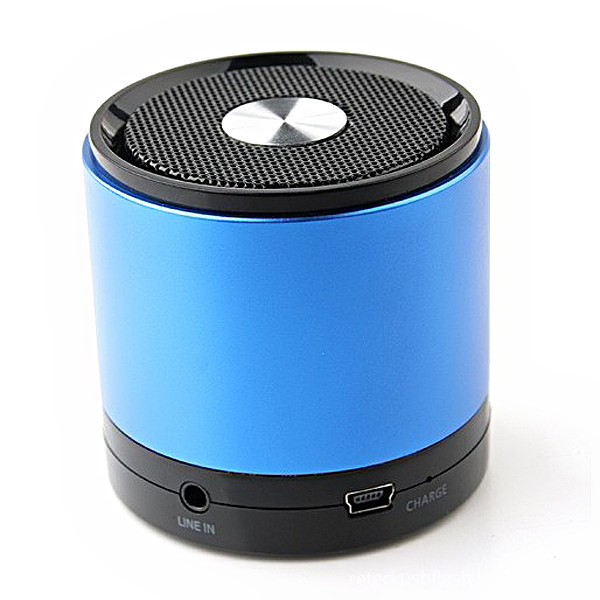EPON (Ethemet over Passive OpTIcal Network, Ethernet passive optical network) is a new type of optical fiber access network technology. It uses point-to-multipoint structure and passive optical network transmission to provide multiple services over Ethernet. Mainly studies the design and implementation of EPON network system, and the characteristics of EPON network structure. Through the combination of logic analysis and empirical analysis, the design process of EION network is discussed, and the design schemes under different access requirements are obtained. The innovation lies in starting from the user's bandwidth requirements to achieve the optimal effect of resource allocation. 1 Network design steps First, choose the network topology, and second, the network design and equipment selection. Fully analyze the demand, fully understand the user's needs, analyze the technical indicators and constraints that need to be reached, and fully demonstrate the business goals and the constraints on them. On the basis of understanding the current and future communication and demand characteristics of the network, network design is carried out. The demand comes from the decision-maker's construction ideas, national / industry policies, user technical personnel's understanding of technical details, and various information that the user can provide; and the application requirements must consider reliability / availability, response time, security, and Realization, real-time, etc. According to the analysis of the previous steps, select the equipment, determine the number of network connection cables and devices at each layer to formulate the topology map of the entire network. The passive optical network uses a symmetrical splitter splitter to ensure that each link is within the range of the device's light receiving sensitivity. The maximum splitter ratio of the splitter is 1:32, which is suitable for the case of relatively concentrated users. 2 EPON system design 2.1 Bandwidth design per household (1) If calculated according to the standard-definition MPEG-2 standard, it requires 4 Mbps per user on-demand video stream, if calculated according to the standard-definition MPEG-4 standard, it requires 2 Mbps per user-on-demand video stream; (2) After the interactive digital TV is officially put into operation, 20% of the total cable TV users will access the interactive digital TV, and the users who simultaneously request video programs will be counted as 50%; (3) Other services are calculated at 30% of the number of users who access the interactive digital TV, and are online at 30%, and the average online traffic per household is calculated at 500 kbps. According to the above conditions, every 100 users will occupy bandwidth as follows: 100 & TImes; 20% x50% & TImes; 4 + 100 & TImes; 20% × 30% × 30% × 0.5≈41 Mbps 100 × 20% × 50% × 2 + 100 × 20% × 30% × 30% × 0.5≈21 Mbps The average access bandwidth of each cable TV user is 0.41 / 0.21 Mbps. 2.2 OLT can bring users per Gigabit optical port OLT is not only a switch or a router, but also a multi-service providing platform. It provides optical interfaces for PON. According to the development trend of Ethernet to metropolitan and wide area networks, OLT also provides multiple Gigabit optical ports while providing multiple Gbit / s and 10 Gbit / s Ethernet ports. In the current system, each OLT provides 2 to 4 Gigabit optical ports. The number of users that can be carried in each Gigabit optical port is calculated as follows: (1) Based on 4 Mbps bandwidth for each interactive digital TV user The number of users that can be covered by each Gigabit optical port of the OLT is about 1 000 / 0.4 = 2500. If one building is calculated by 50 households, it can cover 2 500/50 = 50 buildings. (2) Calculated by 2 Mbpe bandwidth for each interactive digital TV user The number of users that the OLT can benefit per gigabit optical port is about 1 000 / 0.2 = 5 000. If a building is calculated by 50 households, it can cover 5 000/50 = 100 buildings. Because each gigabit optical port of the OLT can be divided into 32/64 optical branches by the PON, 32/64 user terminals ONUs are supported. If EPON adopts the FTTBLAN access method, the OLT can cover 32/64 buildings per gigabit optical port. When the MPEG-2 coding standard is adopted, 32 ONUs are used as usual to reach 1,600 users, and each ONU covers 1600/32 = 50 households. The average bandwidth of each ONU is 1000/32 = 31.25 Mbps, 40% of the total cable TV users are connected to the interactive digital TV, and the users who order video programs at the same time are calculated according to 40%. The bandwidth of the interactive digital TV users in a building It is 31.25 / 50 × 40% × 40% ≈4 Mbps. Can meet the requirements. When the MPEG-4 coding standard is adopted, 64 ONUs are used to reach the building and cover 3200 users, then each ONU coverage is still 3200/64 = 50 households. The average bandwidth of each ONU is 1000/64 = 15.63 Mbpe, 40% of the total cable TV users are connected to the interactive digital TV, and the users who simultaneously order video programs are calculated according to 40%. The bandwidth of the interactive digital TV users in a building 15.63 / 50 × 40% × 40% ≈2 Mbps, which can meet the requirements. 2.3 Design and Application of Optical Distribution Network (ODN) 2.3.1 General concept of optical distribution network design In the EPON system, the ODN is located in the distributed optical network, including single-mode optical fiber and optical splitter. The OLT adopts single-fiber wavelength division multiplexing technology, and is connected to the ONU through the optical fiber and the optical splitter, and the maximum transmission distance can reach 20 km. On the ONU side, it is distributed to users in up to 32 to 64 buildings through an optical splitter. In the design of ODN, it mainly involves the problems of optical cable wiring, safety assurance, and cascading of optical splitters. The design of the ODN system is mainly related to the physical distribution of urban residential quarters. The ODN design of the conventional structure is relatively simple. The following is a cascading scheme of optical splitters in the ODN design for reference. Example: 4 cells, 16 buildings in each cell, the front-end computer room is 5 km away from the first splitter, and the first splitter is 2 km farthest from each cell. The following optical splitter cascading methods can be used for design. Since the optical splitter cascade has nothing to do with its series, it is only related to the loss of the entire ODN system. 4 cells, 16 buildings in each zone, 2 can be used The PON port can be covered, as shown in Figure 1: This design can save a lot of fiber, make the wiring more flexible, and reduce the various troubles encountered in the wiring process. The link loss is as follows: 1 × 2 optical splitter loss: 3.2 dB 1 × 16 optical splitter loss: 13.5 dB Fiber loss: 0.32 dB / km (1 310nm wavelength)
The Opportunity stands in front of you, the high-quality of Bluetooth Speaker, Waterproof Bluetooth Speaker, Wireless Bluetooth Speaker, Mini Bluetooth Speaker from Supplier & Manufacturer In China.
Bluetooth speaker refers to the built-in Bluetooth chip, Bluetooth connectivity to replace traditional wire connecting the audio equipment, by connecting your phone and tablet, notebook and other Bluetooth playback devices, to achieve the purpose of convenience.
Bluetooth speaker portable speaker to the main shape generally more portable, Bluetooth speaker technology with its convenient characteristics of people are being noticed and consumer acceptance, the common market of Bluetooth speakers, mostly mono speaker (single speaker unit), but also the emergence of a number of excellent sound quality multi-channel speakers (two or more speaker units).
Bluetooth speaker is very Multifunctional Portable Cool Fun Mini design. Bluetooth speaker also have a lot of functions such as Hands-free Calls, Bluetooth, Water Resistant, Shower Speaker, with Sucker and so on. It Support Bluetooth/Line in Audio connection, FM radio, TF card, Hards-free calling and so on.
Wireless Bluetooth Input of Bluetooth speaker Compatible with iPhone, iPad and all mobiles with bluetooth device.
Bluetooth Speaker Bluetooth Speaker,Waterproof Bluetooth Speaker,Wireless Bluetooth Speaker,Mini Bluetooth Speaker Reteck Storage Device Co., Ltd. , https://www.reteck.com



